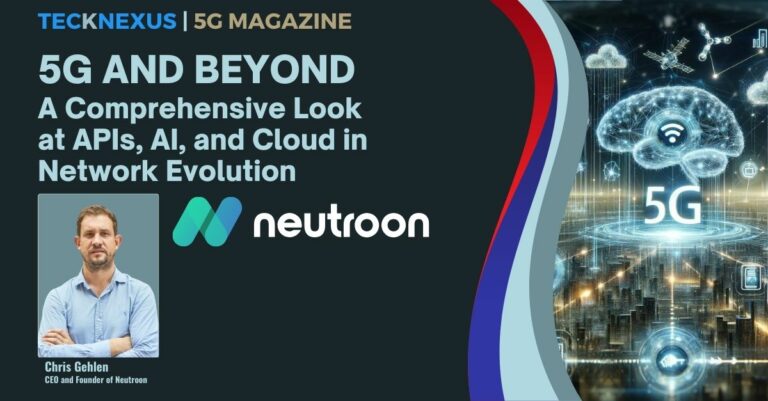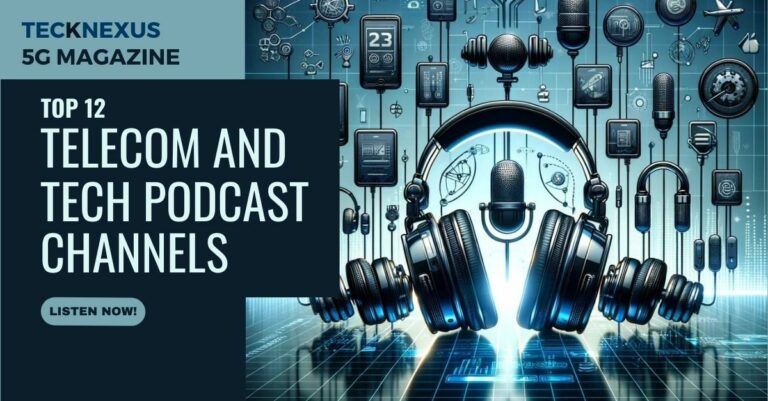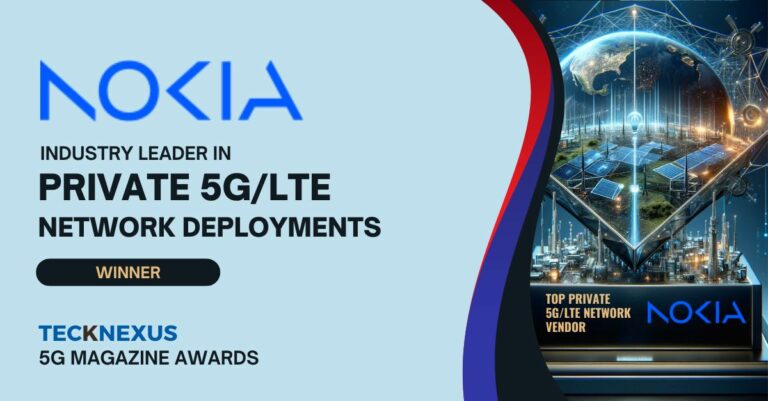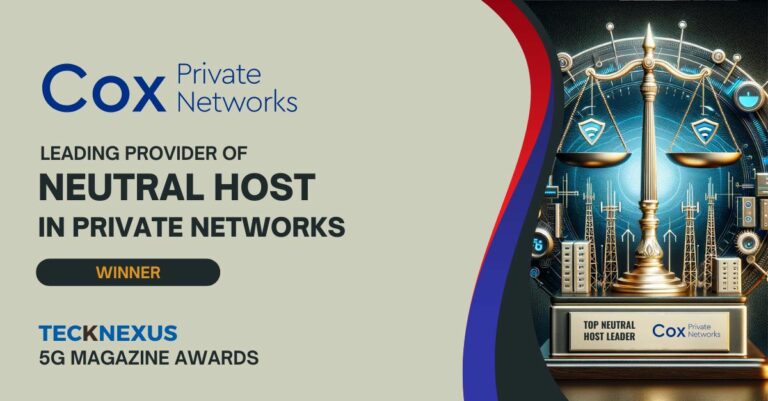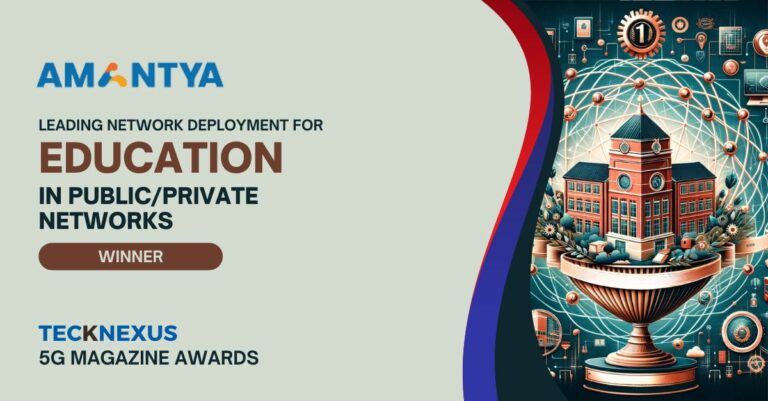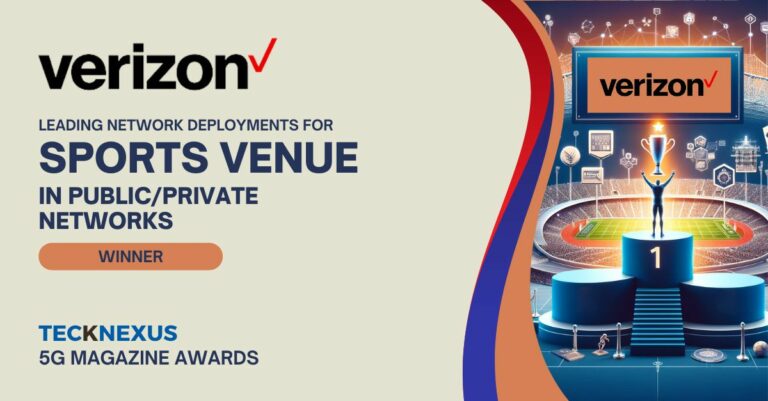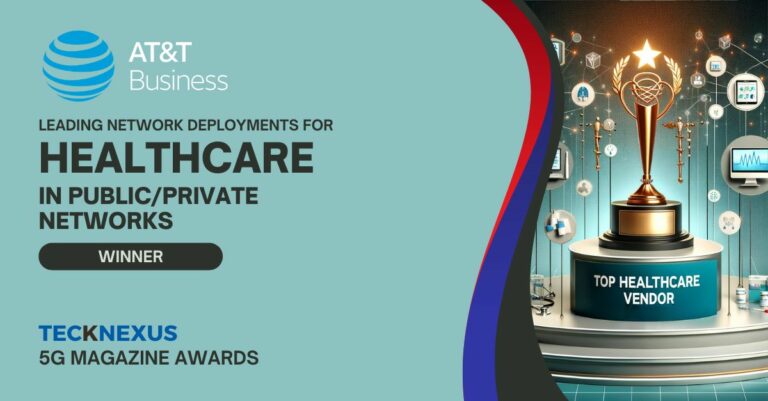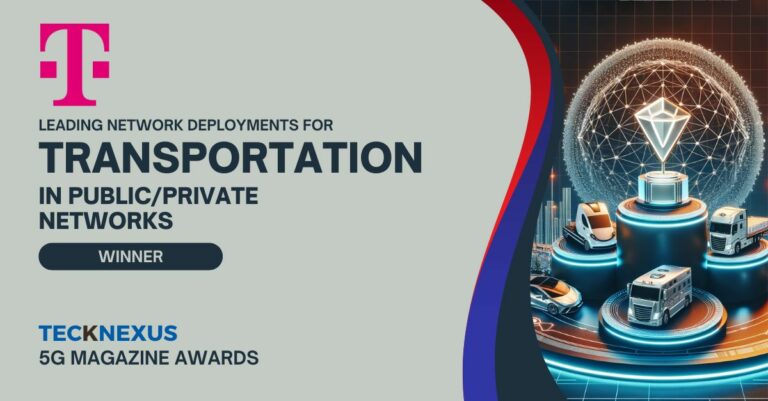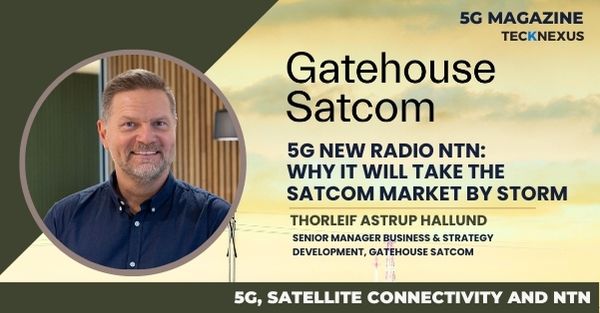Manufacturing – The future of smart factories will be filled with sensors, each monitoring different aspects of the working environment. They’ll also feature connected tools, using information ranging from location to accelerometer data to understand where and how they’re being used to guide workers accordingly. Many industrial spaces have become early adopters of this because of the need for data ownership models to scale with Industry 4.0—a term describing the technology, research, and development in automation, process industrial IT, and manufacturing technologies. 5G’s high capacity, wireless flexibility, and lower-latency performance make it a good choice to support manufacturers in these environments. Advanced manufacturing facilities use automated processes and robotic equipment throughout their production process. 5G and related technologies can help enable large-scale, near-real-time monitoring and proactive maintenance of factory automation equipment, helping to improve production. An Automated Material Handling System equipped with IoT sensors and 4K wireless cameras can demonstrate remote monitoring of factory automation equipment. With 5G, this type of automation could be equipped with a full suite of devices to collect important data on acceleration, position, temperature, humidity, and gasflow rates. Safety could also get a boost as 5G’s lower latency could help enable critical data to get to emergency first responders with lower lag times.
Transportation – 5G technology has the potential to provide increased visibility and control over transportation systems. The lower latency, high capacity, and high reliability can enhance how goods and people travel. Once added to existing network architectures, 5G will eventually help unify network protocols, improve safety and reliability, and provide end-to-end connectivity across our cities and beyond.
Retail – Innovative trends and personalization are reshaping what many people expect when they enter a store or building, and retail companies need a network that can handle the amount of data required. Adding 5G technology to an existing network architecture can help power new offerings that many retailers are beginning to provide, such as VR and AR, futuristic dressing rooms, and personalized improvements to the hospitality industry.
Financial services – 5G is poised to help banks and other finance companies deliver new, innovative services, such as wearable technology, highly secure and instant data transfer, or financial recommendation software through AI. The low latency, high data capacity, and high reliability of forthcoming networks will help create a new platform for the delivery of services—virtually wherever the customer is located. 5G could allow, for example, customers to get personalized attention via a video session without necessarily finding and traveling to their nearest branch via a remote teller.
What are the security concerns? How does 5G address them?
“In today’s world, the network’s security is of prime importance. It’s on the top of the mind of everyone, be it the CEO, CSIO, the CTO, or the CMO. Moreover, it’s an important topic in all boardroom conversations as glitches in security will impact the brand.”



